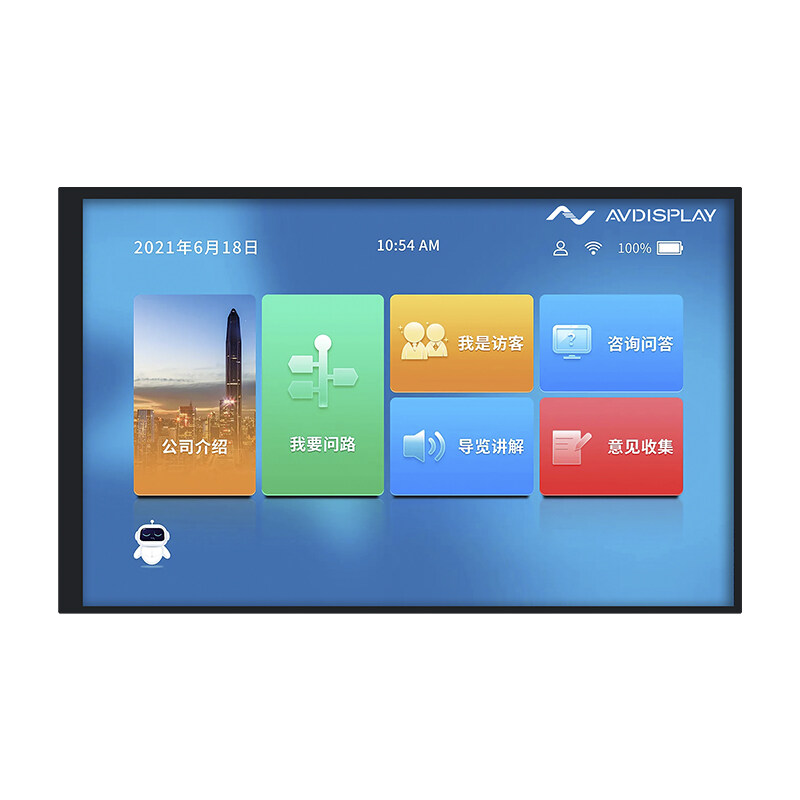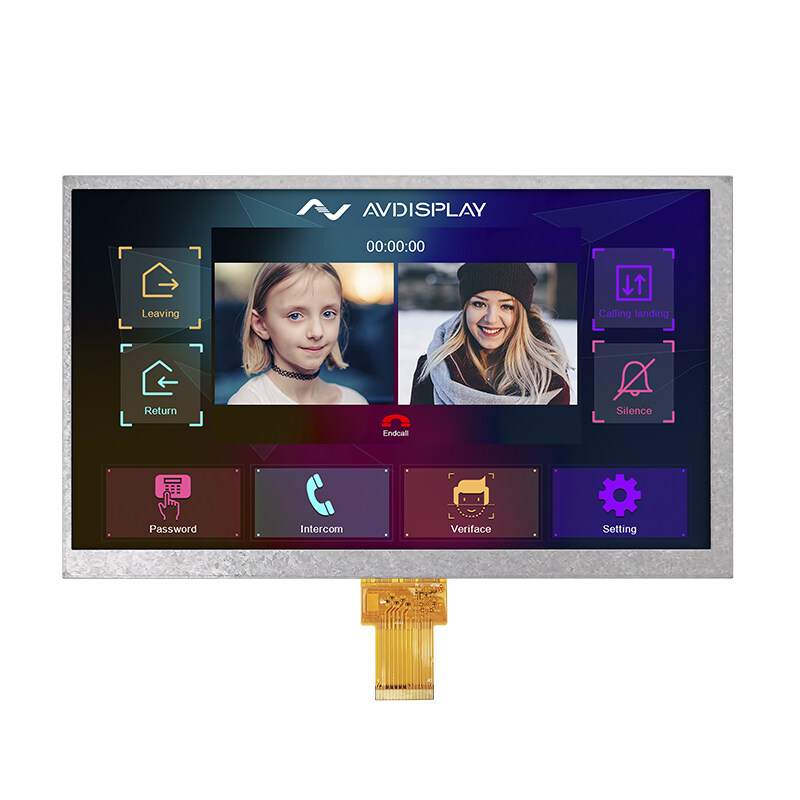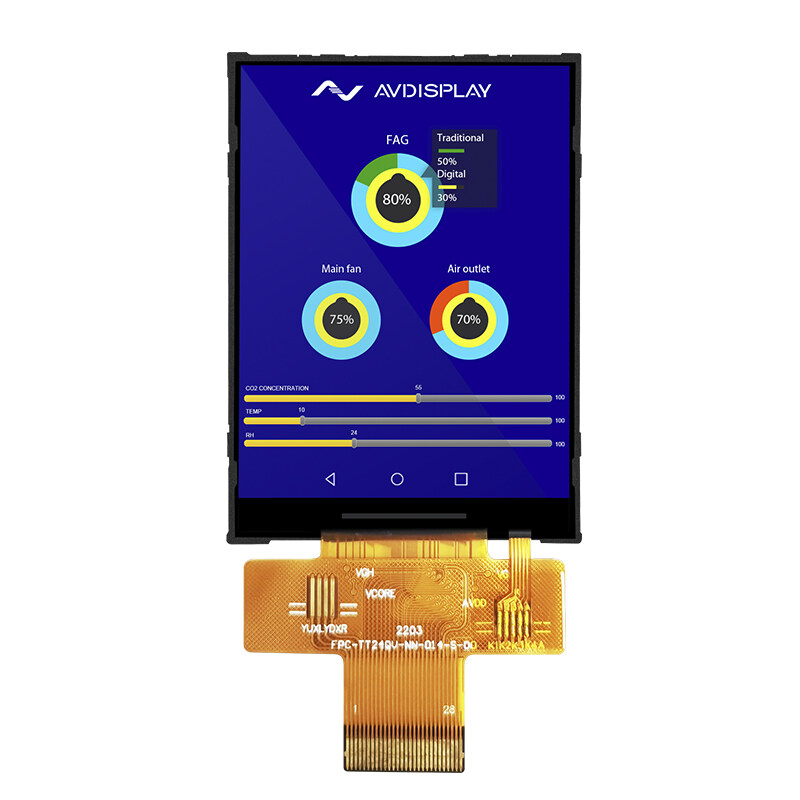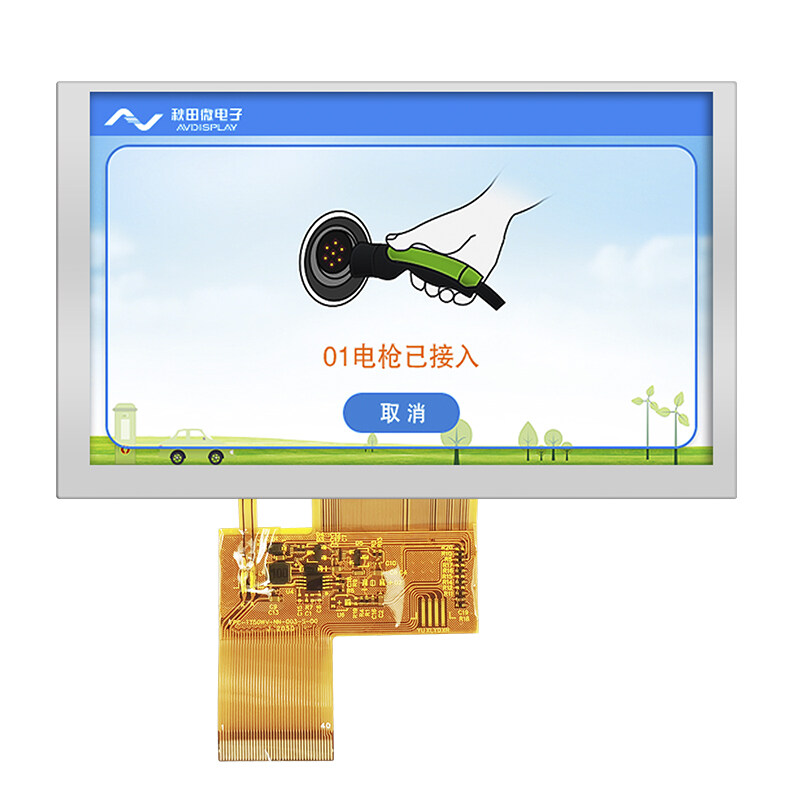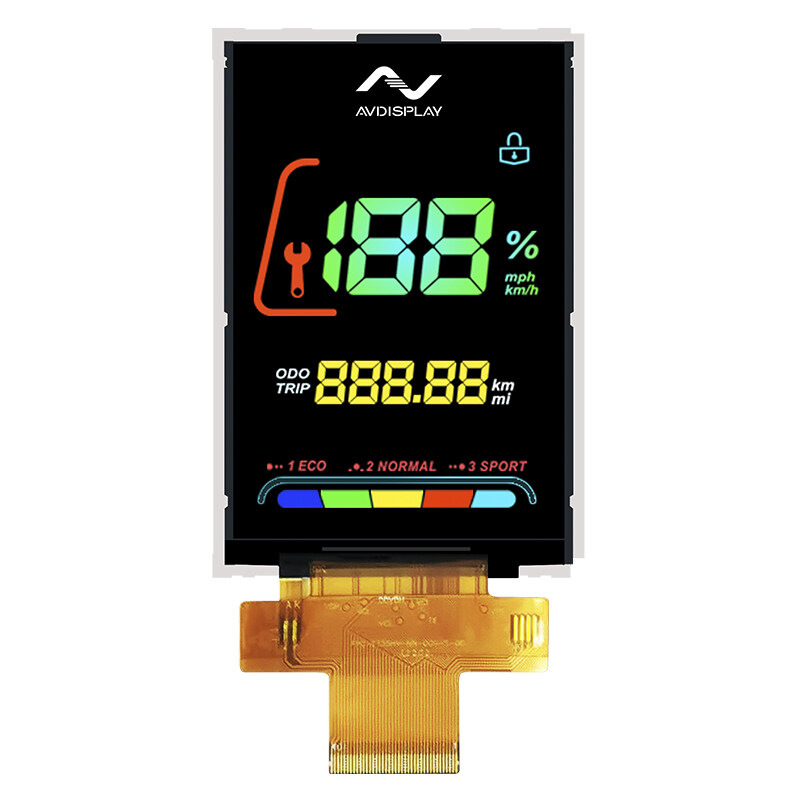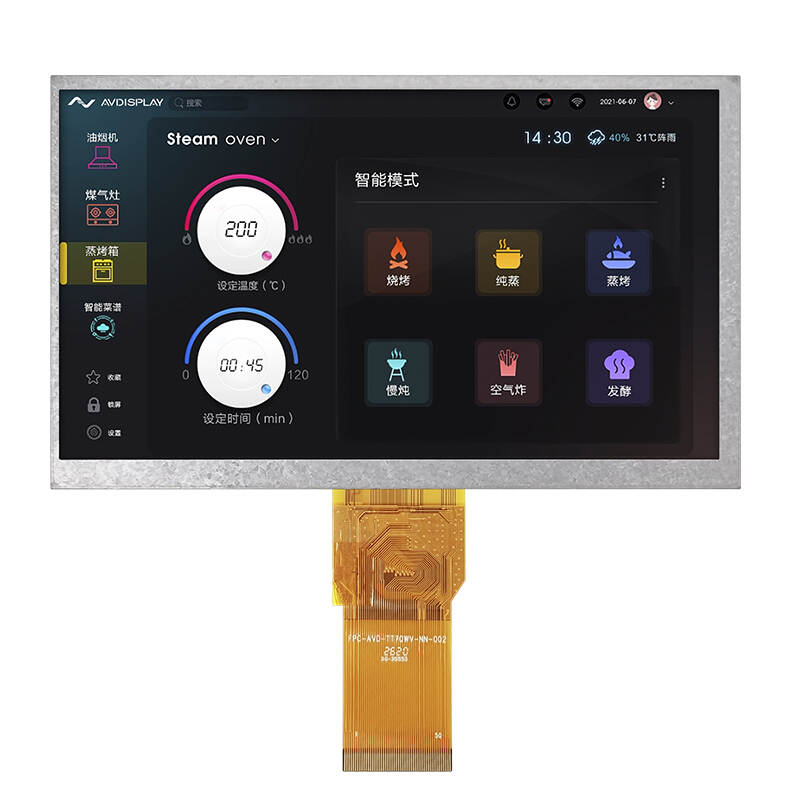Monochrome displays, TFT (Thin-Film Transistor) displays, CTP (Capacitive Touch Panel), and RTP (Resistive Touch Panel) technologies all have their own applications and advantages in home medical equipment such as blood pressure monitors, blood glucose meters, thermometers, oxygen concentrators, and ventilators. The choice of display and touch technology often depends on factors like cost, power consumption, user interface requirements, and durability. Here's how each technology may be used in these devices:
1. Monochrome Displays:
- Blood Pressure Monitors: Monochrome displays can be used to show blood pressure readings, pulse rates, and simple instructions to users. They are cost-effective and have low power consumption, making them suitable for battery-operated devices.
- Blood Glucose Meters: Monochrome displays can display glucose readings and basic instructions for users. They are energy-efficient, which is important for portable glucose meters.
- Thermometers: Monochrome displays are often used to show temperature readings in thermometers. They are easy to read and energy-efficient.
- Oxygen Concentrators: Monochrome displays can display oxygen concentration levels and alarms. They are reliable and can work well in continuous operation.
- Ventilators: In some basic ventilators, monochrome displays can be used to show vital information like respiratory rate, tidal volume, and alarm messages.
2. TFT Displays:
- Blood Pressure Monitors: TFT displays can provide more detailed information, including graphical trends of blood pressure over time. They offer color options and better visibility, which can be useful for some users.
- Blood Glucose Meters: TFT displays can show charts of glucose levels, historical data, and customizable alarms for glucose monitoring.
- Thermometers: Some advanced thermometers may use TFT displays to show temperature trends and other contextual information.
- Oxygen Concentrators: TFT displays can display detailed information about oxygen concentration, flow rates, and alarms. Their color capabilities can help convey critical information more effectively.
- Ventilators: Ventilators with TFT displays can provide comprehensive patient information, waveforms, and settings in a clear and customizable format.
3. Capacitive Touch Panels (CTP):
- Blood Pressure Monitors: Capacitive touch panels can be used for user input, allowing users to set preferences and review historical data more easily.
- Blood Glucose Meters: CTPs can be used for input and navigation, making it easier for users to enter data and configure settings.
- Thermometers: Capacitive touch panels can enable users to select different measurement modes and access historical data.
- Oxygen Concentrators: CTPs can be used for user interface controls, including setting oxygen flow rates and accessing alarms.
- Ventilators: In advanced ventilators, CTPs provide intuitive controls for clinicians to adjust settings and monitor patient data.
4. Resistive Touch Panels (RTP):
- Blood Pressure Monitors: RTPs can offer cost-effective touch input for basic user controls.
- Blood Glucose Meters: RTPs may be used for input and navigation in some simpler glucose meters.
- Thermometers: RTPs can be used for basic user input and menu navigation.
- Oxygen Concentrators: RTPs can provide straightforward user controls for settings and alarms.
- Ventilators: In some ventilators, RTPs may be used for basic user inputs, although capacitive touch panels are more common in advanced models.
The choice between these technologies depends on the specific requirements of the home medical equipment, the desired user experience, and cost considerations. In many cases, a combination of these technologies is used to provide a comprehensive and user-friendly interface in home medical devices.



